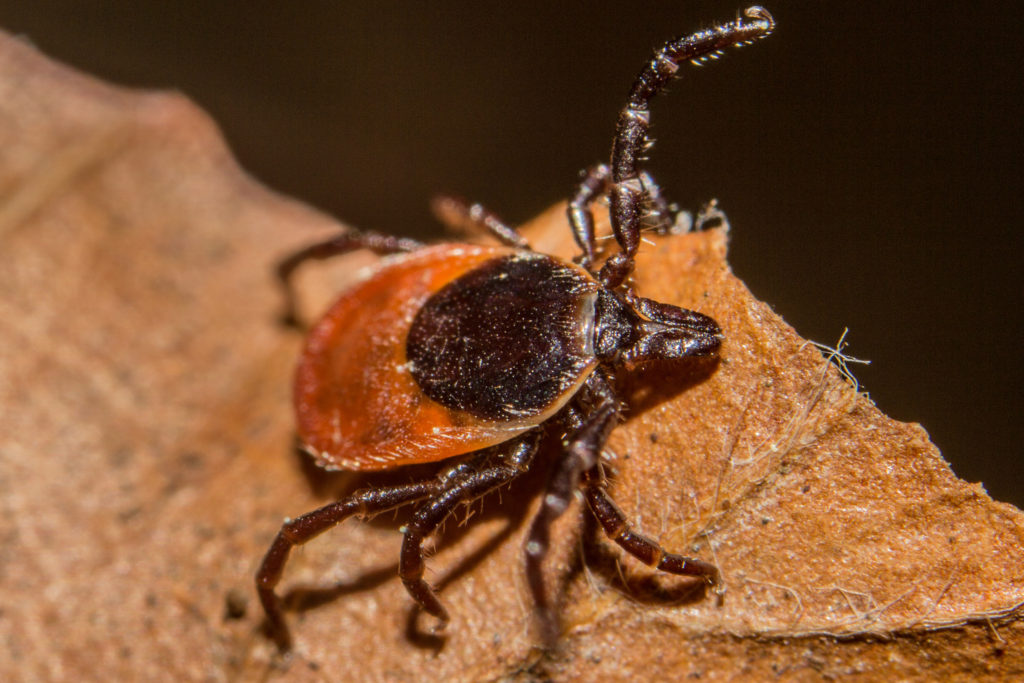
Tiny ticks are a big problem. Anyone taking a walk in the woods is advised to do a tick check. Ticks infect more than 325,000 people with Lyme disease each year, and this number continues to rise.
In the Northeast, the blacklegged ticks that infect us with Lyme disease can also transmit a tongue-tying list of maladies, including babesiosis, anaplasmosis, and Borrelia miyamotoi. Co-infections are common, complicating diagnosis and treatment. A Johns Hopkins study estimates that Lyme disease alone costs the US healthcare system up to $1.3 billion annually.
Climate change is allowing blacklegged ticks to expand their range. At the same time, forest fragmentation and suburbanization are creating environmental conditions that favor the white-footed mice that amplify tick-borne disease. This perfect storm is fueling one of our nation’s most complicated public health threats.
The Cary Institute of Ecosystem Studies is home to the world’s longest running study on the ecology of Lyme disease. Can insight from 25 years of discovery inform preventative measures that keep communities safe? This question is at the heart of The Tick Project.
The 5-year study will take place in Dutchess County, NY, home to one of the nation’s highest Lyme disease infection rates. It will test whether two anti-tick interventions, used separately or together, can reduce Lyme disease in neighborhoods.
Thanks to the efforts of The Tick Project’s field crew, more than 1,000 households have enrolled, and baseline survey work is underway. Tick-killing interventions will be deployed in 2017. If they are successful, it would revolutionize the fight against tick-borne illness by providing an accessible prevention method.
You can learn more at: tickproject.org
**********
Web Links
Photo, posted May 18, 2012, courtesy of Lennart Tange via Flickr.
‘The Tick Project’ from Earth Wise is a production of WAMC Northeast Public Radio, with script contribution from the Cary Institute of Ecosystem Studies.